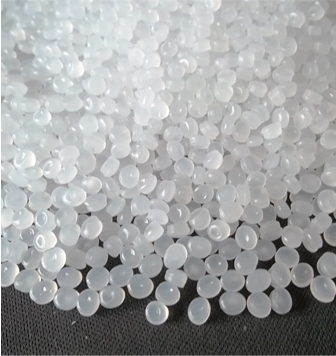
Polyethylene (PE)
Polyethylene (PE) is a common name for polymers produced in the methane polymerisation process. Polyethylene (PE) is a thermoplastic, elastic and non-toxic polymer. It is difficult to ignite and burns with a non-smoky flame. Polyethylene is translucent; it does not solve in all widely used solvents and is resistant to chemical substances such as acids, alkali and saline solutions.
Polyethylene (PE) is an inexpensive industrial raw material. In order to improve Polyethylene (PE) properties, it is modified.
Depending on its density, Polyethylene (PE) is classified into:
• Low-density Polyethylene (LDPE) and Linear Low-density Polyethylene (LLDPE), the density range of which is 910 – 925 kg/m3..
• Medium-density Polyethylene (LDPE), which is defined by a density range of 925 – 940 kg/m3.
• High-density Polyethylene (HDPE), the density of which ranges from 940 – 970 kg/m3.
Polystyrene (PS)
Polystyrene (PS) is a frangible polymer, composed of styrene monomers.
Polystyrene (PS) is classified into:
• Expanded Polystyrene (EPS),
• General Purpose Polystyrene (GPPS),
• High Impact Polystyrene (HIPS).
General Purpose Polystyrene (GPPS) is a clear thermoplastic resin, while the High Impact Polystyrene (HIPS) is matte.
Polypropylene (PP)
Polypropylene (PP) is a hard, elastic polymer composed of propene (propylene) monomers.
Polypropylene (PP) classifications
Depending on composition, polypropylenes (PP) are classified into homopolymers and copolymers.
Homopolymers are solely composed of propylene molecules, while copolymers are produced from the compound of propylene and other substances.
Copolymers are further divided into block and random copolymers. Block copolymers have good impact resistance, whereas random copolymers are more transparent.

 +370 37 332445
+370 37 332445